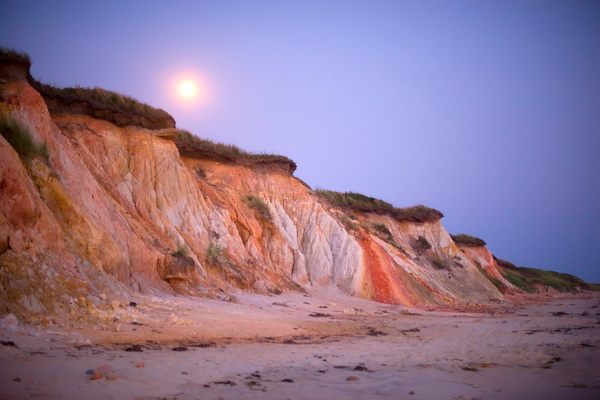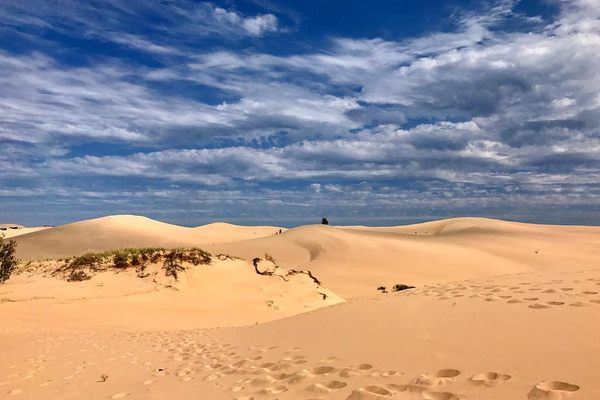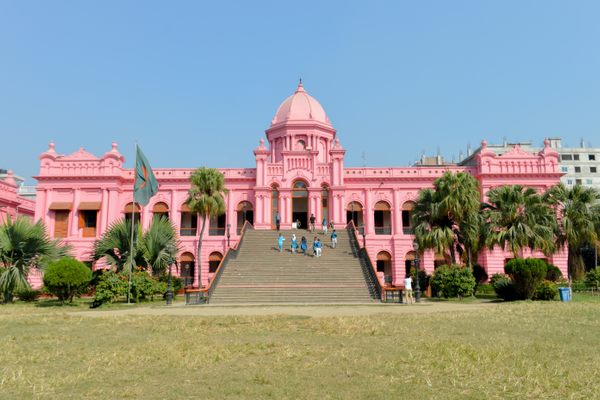Padar Island
Once home to Komodo dragons, this island dreamscape has a rare combination of white, pink, and black sand beaches.
The Indonesian island of Padar is about 20 miles (30 km) from Labuan Bajo, a fishing town on the westernmost part of Flores. Padar is small, but is the third largest island of Komodo National Park, and was once a stomping ground for the immense dragons that gave the reserve its name.
Padar is mostly savannah-covered, surreal landscape fringed by bright green-capped mountains of fairy-tale shapes. It’s all surrounded by three turquoise bays, and curiously, each one of the bays’ beaches has different colored sand: One is pearly white, another charcoal black, and a third is a very rare baby pink. It is a rare combination, a quirk of this unique island.
The black-sanded beach has volcanic origin, composed of various dark minerals. The pink, one of a few in the world, has pulverized red coral mixed with white sand. And the white one, in almost any other setting would be a spectacular find. Here, it almost plays third fiddle.
Padar is home to a remarkable array of wildlife, especially for its size. There are six species of shark, two types of manta rays, and many different reptiles. There once were three kinds of Komodo dragons here. (They are gone now, but still found on Komodo, Rinca, Gili Montang, Gili Dasami, and Flores.) There are dolphins, the occasional whale, falcons, kites, geckos, and green turtles. And then there are some plain old little mammals, to feed their neighbor predators.
Know Before You Go
Visitors can do a 30 minute hike to Padar's summit to see a panoramic view of the island, go trekking for around an hour, snorkel or just hit the pristine tri-colored beaches. Labuan Bajo is the closest city, and there are tours departing daily for one, two, or three-day visits. The best time is from April to June, and from September to November. Bring sunscreen, sunglasses, good hiking shoes, a hat, plenty of water and get ready for some serious 30-foot exercise uphill.




























Follow us on Twitter to get the latest on the world's hidden wonders.
Like us on Facebook to get the latest on the world's hidden wonders.
Follow us on Twitter Like us on Facebook